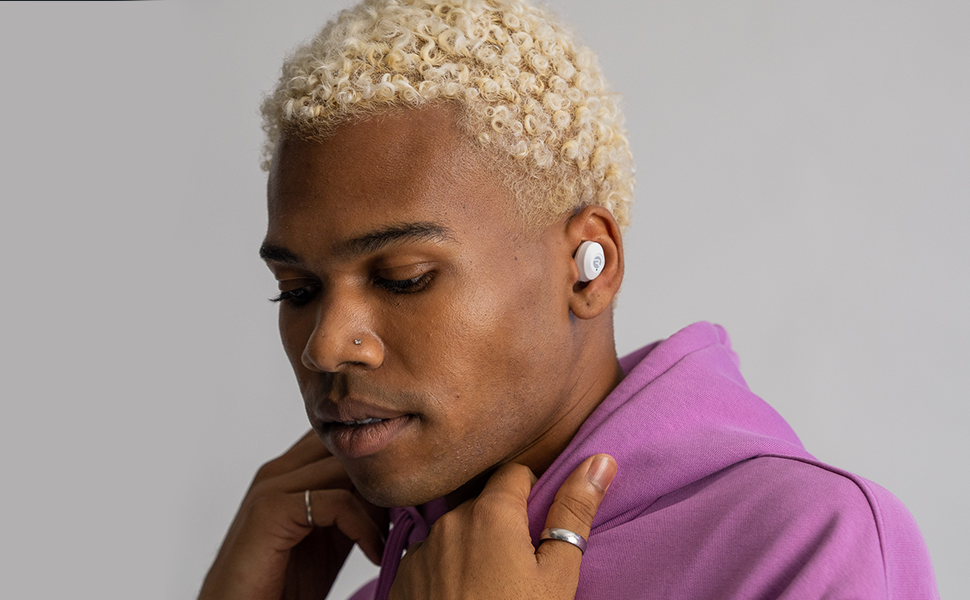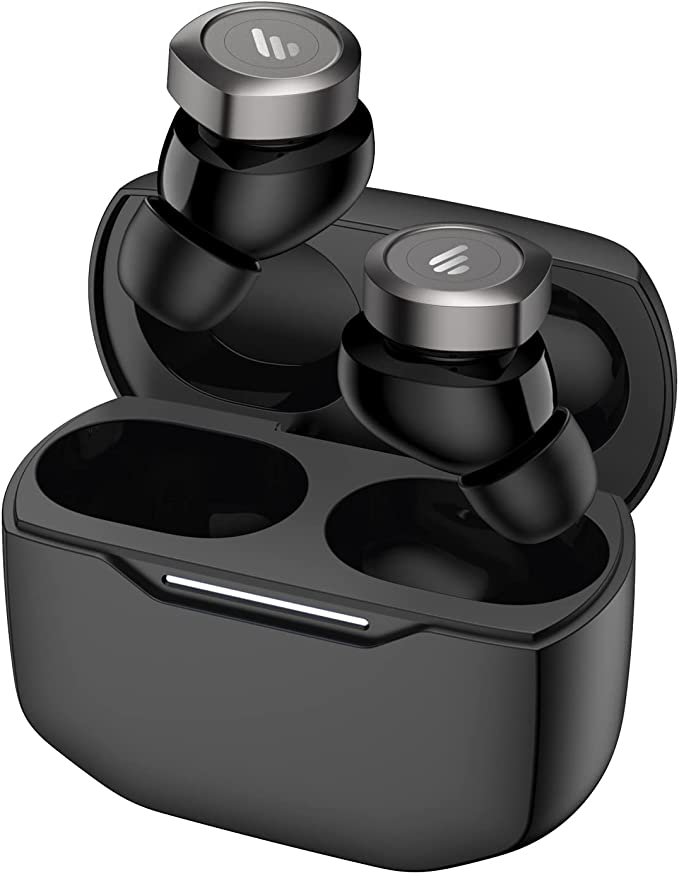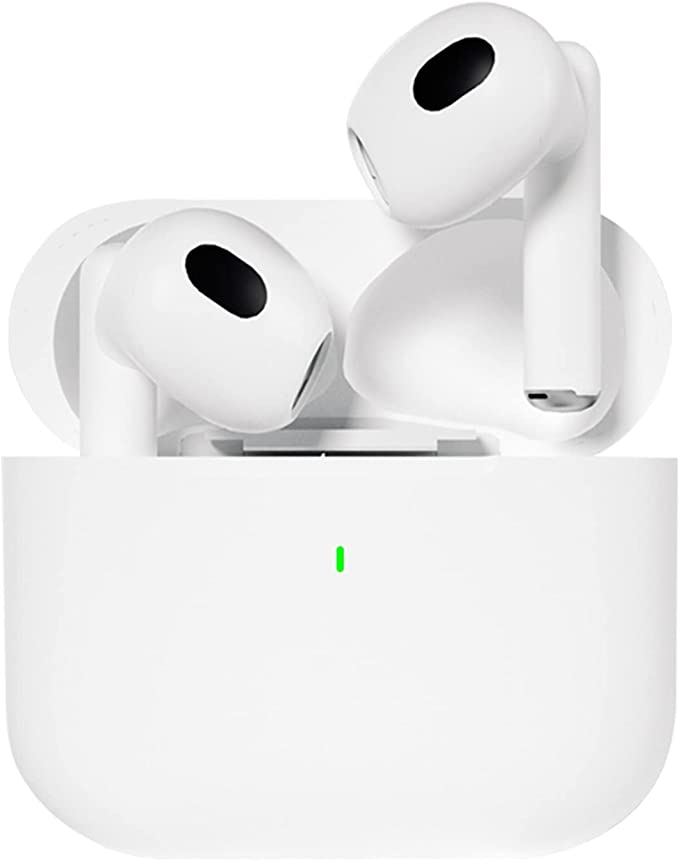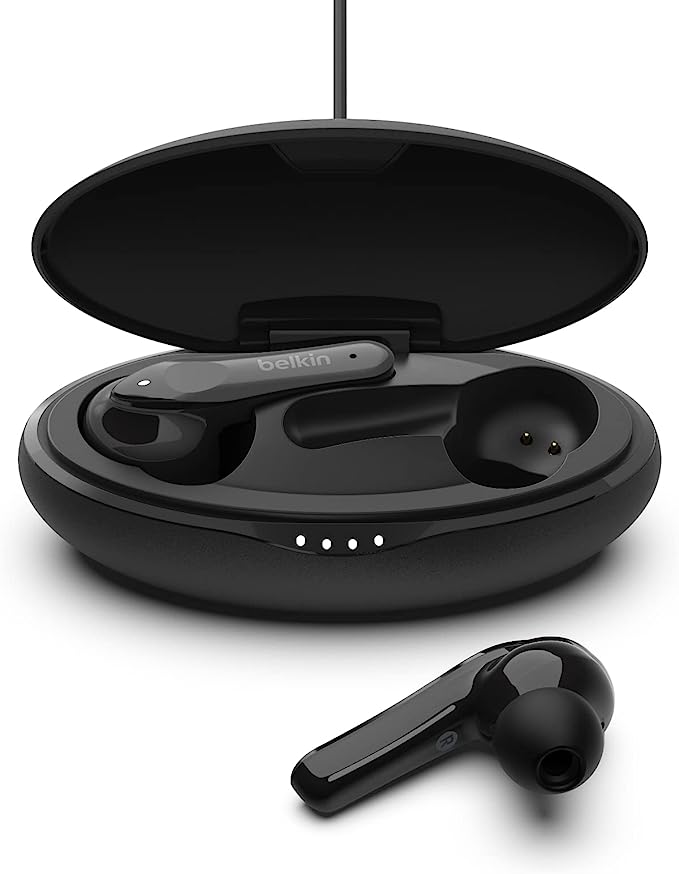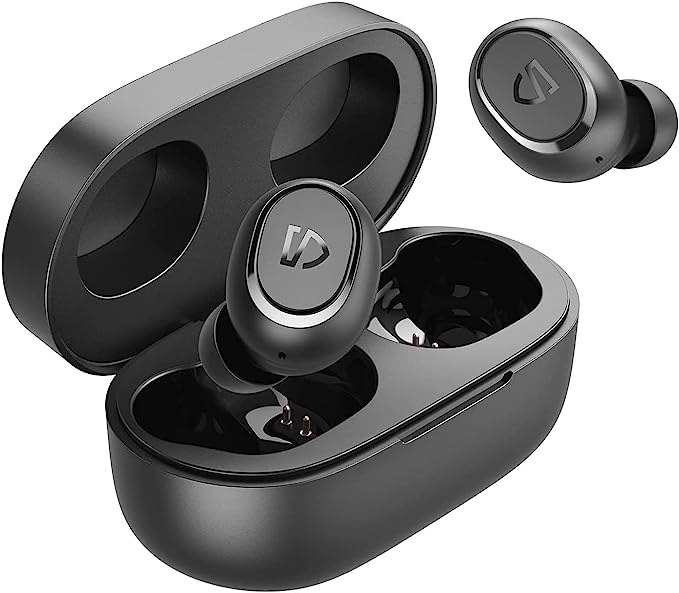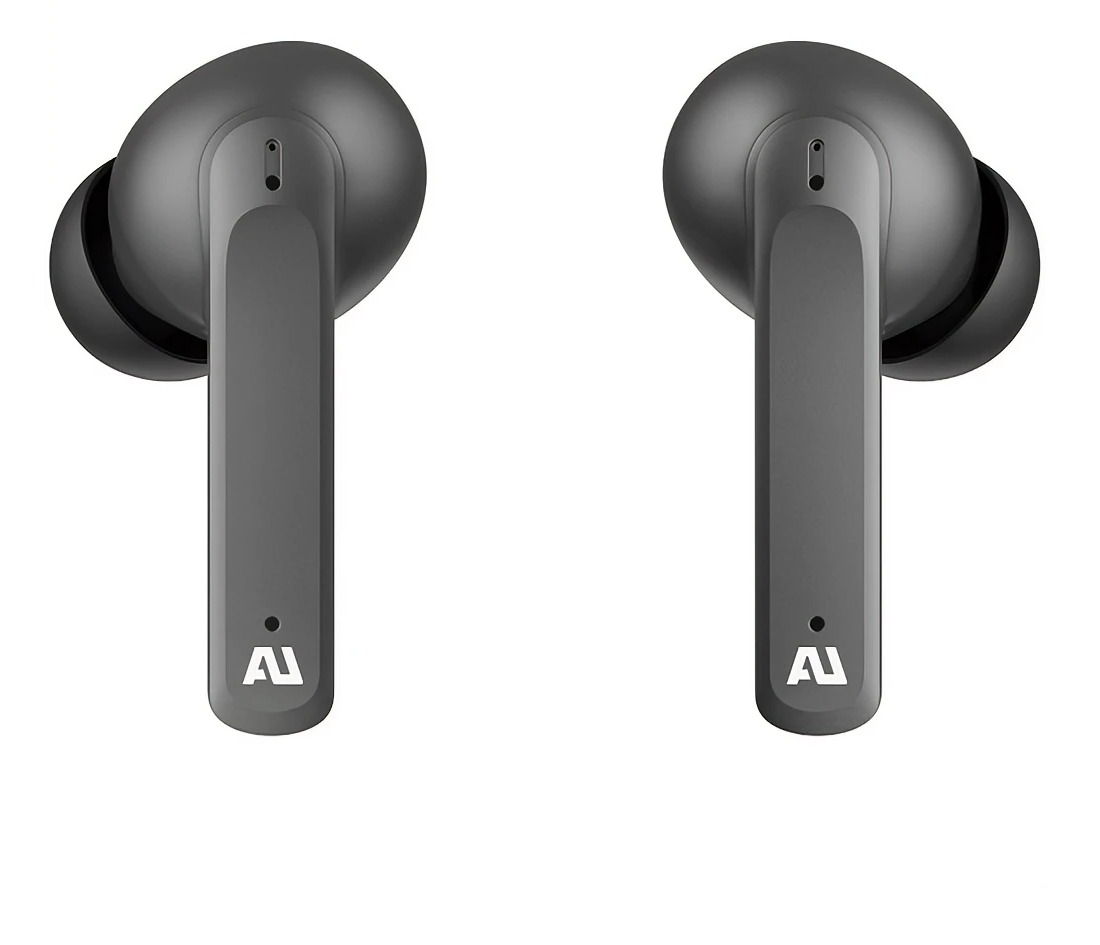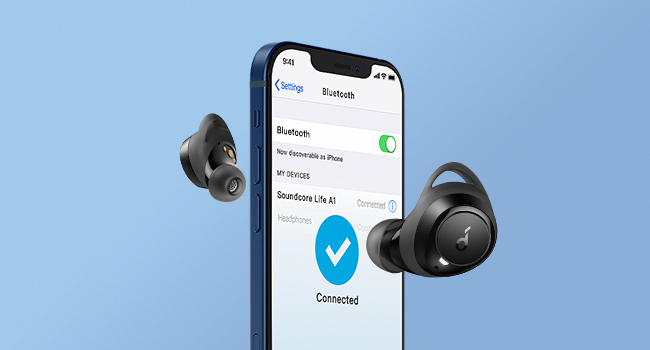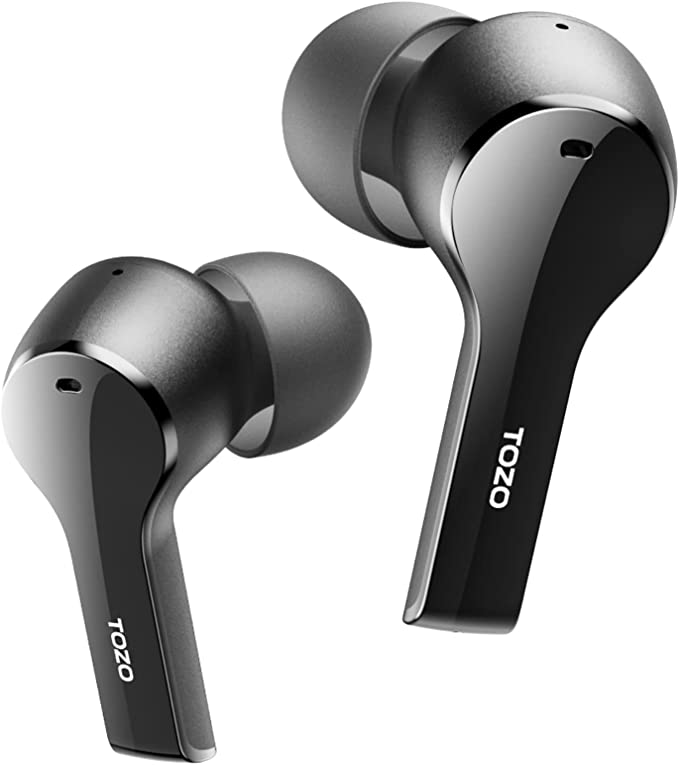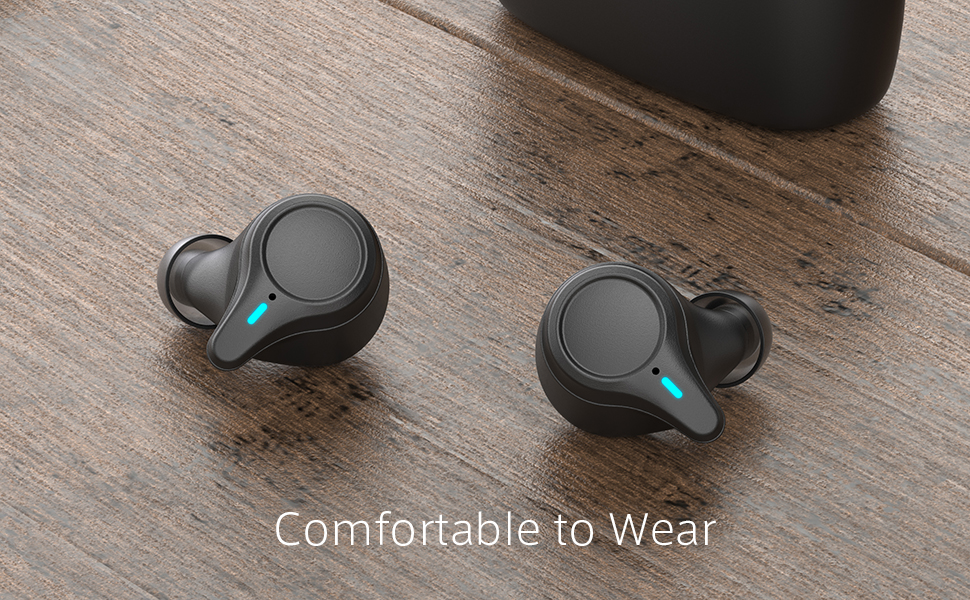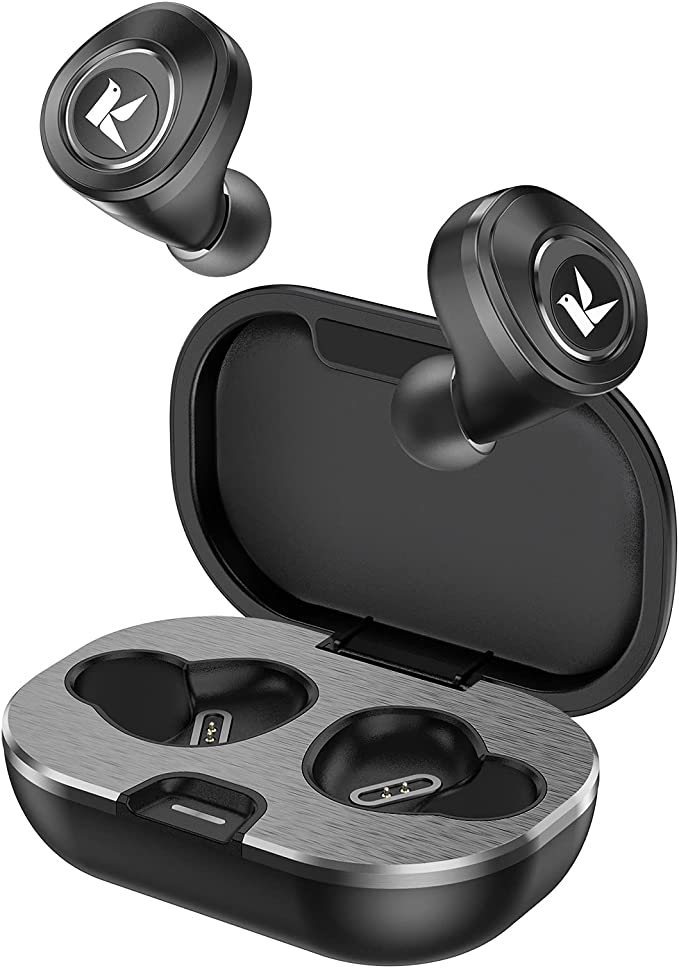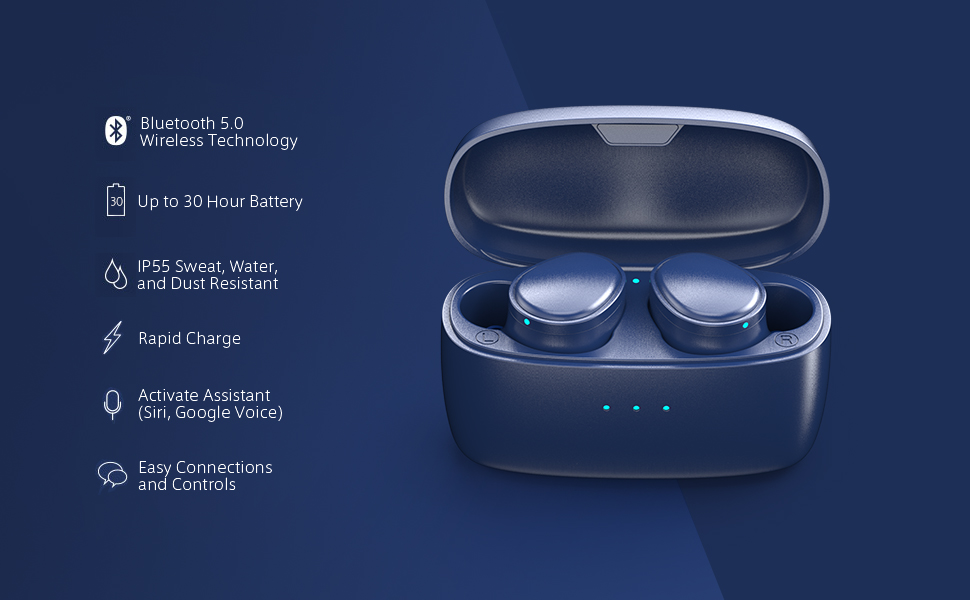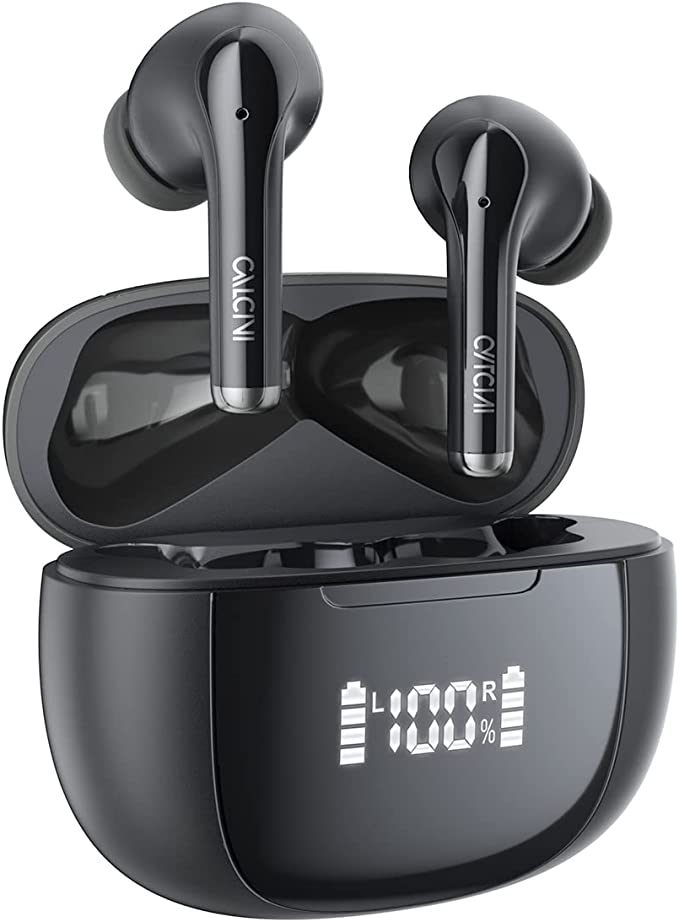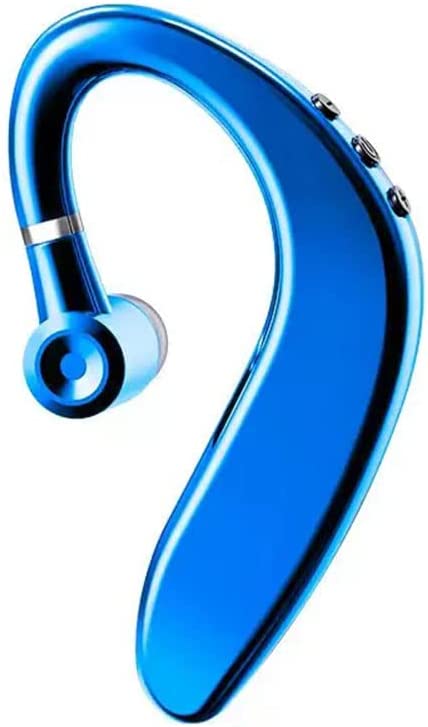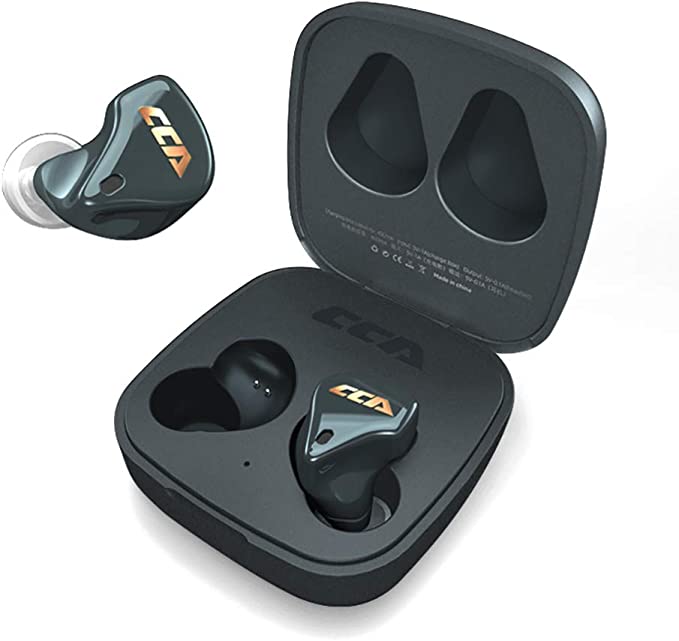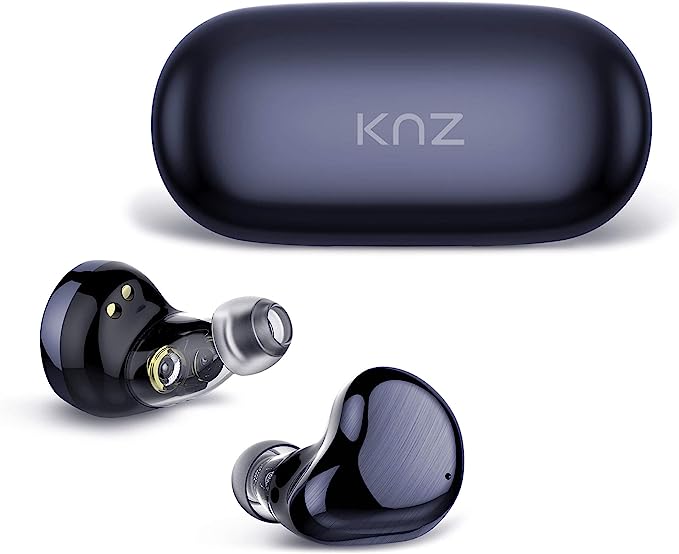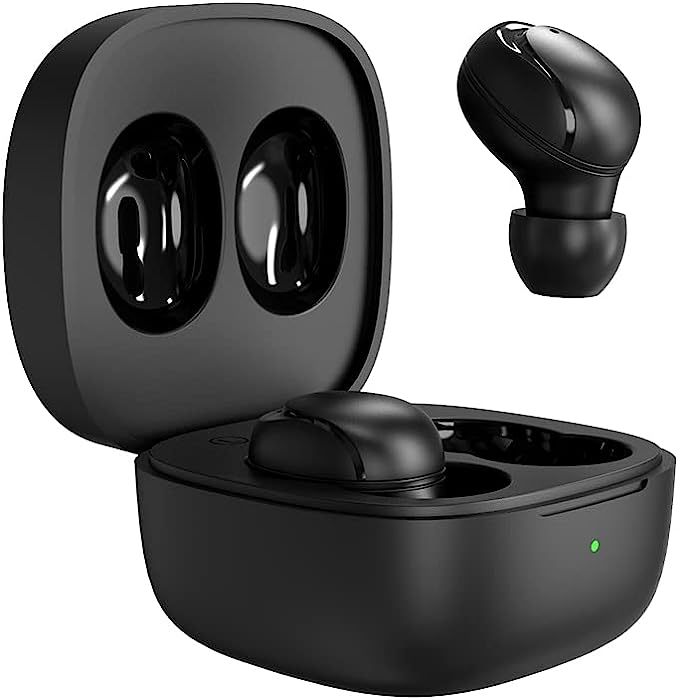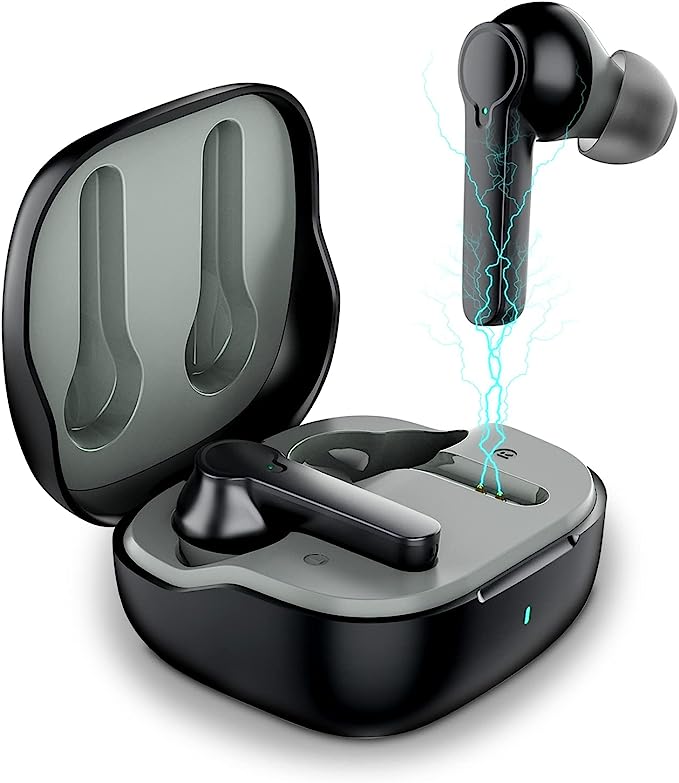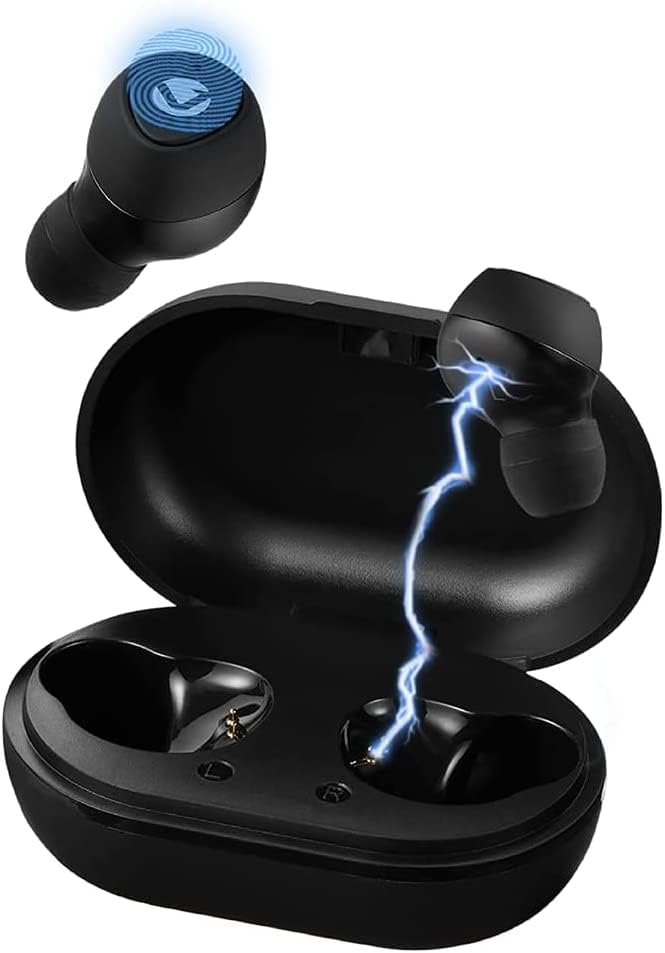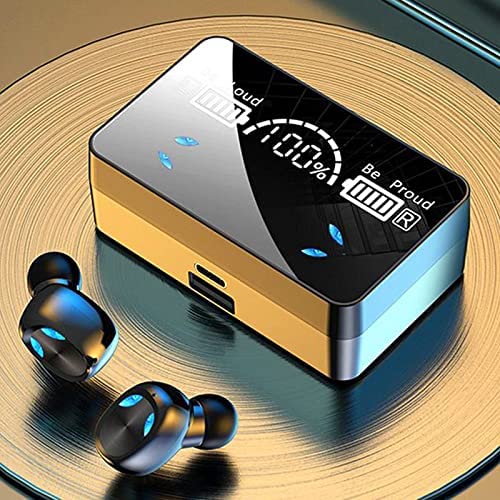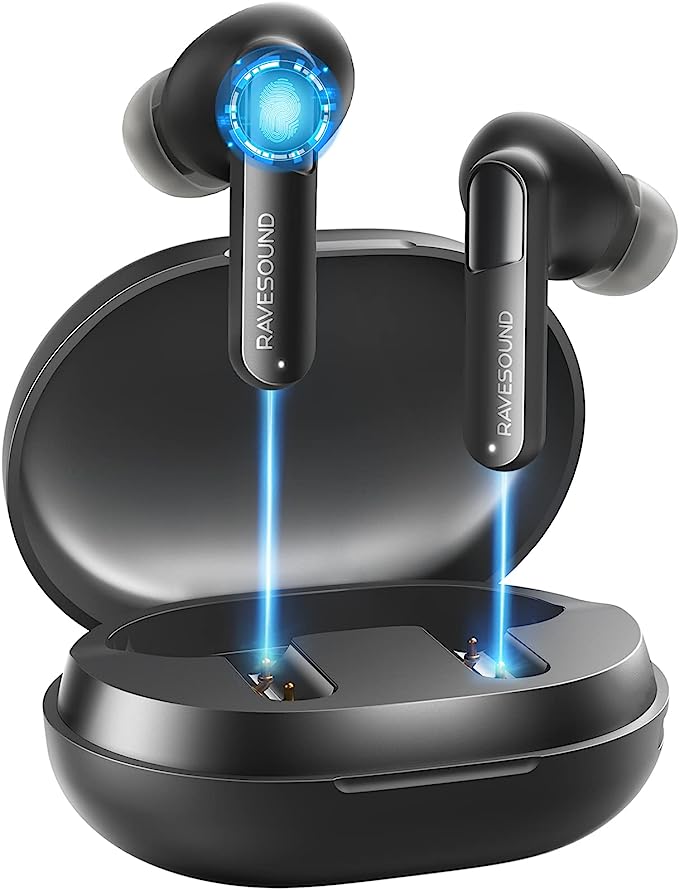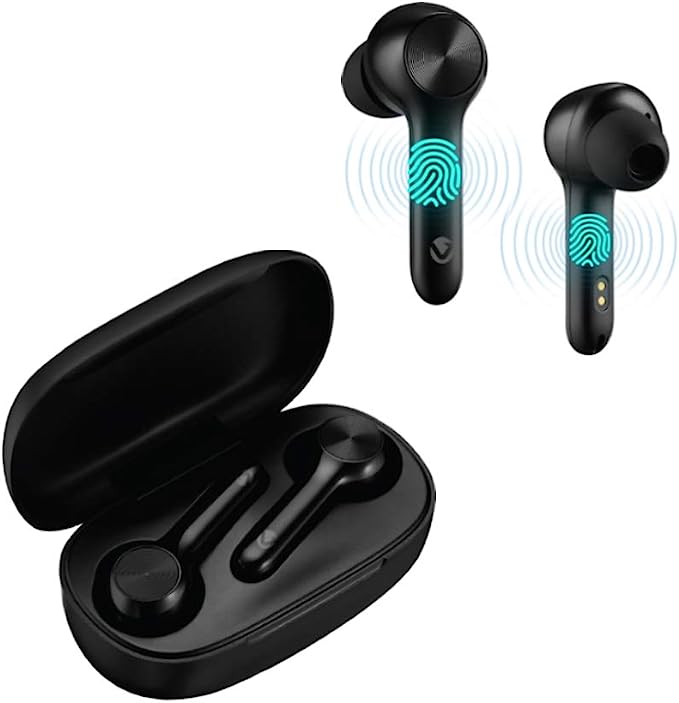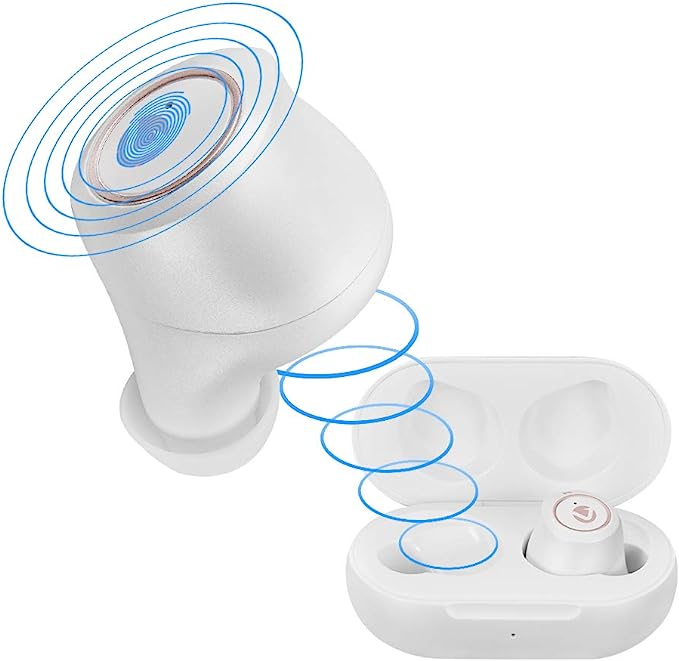JVC HAB5TB Ultra Compact True Wireless Earbuds: A Budget-Friendly Pair of Truly Wireless Earbuds
Update on July 1, 2025, 7:51 a.m.
Stand in any electronics aisle and you’ll feel it: the overwhelming gravity of the Wall of Infinite Choice. It’s a sea of glossy boxes, all promising freedom from wires, and many bearing price tags so low they seem to defy logic. How can a pair of true wireless earbuds from a legacy brand like JVC, a name once synonymous with home stereo systems, cost less than a couple of movie tickets?
This is the $20 question. And the answer isn’t a simple “it’s a bargain” or “it’s just cheap.” The truth is far more fascinating. It’s a masterclass in the art of engineering compromise, a delicate ballet of physics, economics, and design. To understand the JVC HAB5TB is to peek behind the curtain and appreciate the thousands of decisions required to deliver a functional piece of modern technology at the price of a pizza. So, let’s begin our tour.

The Heartbeat: A Surprisingly Large Engine
Every sound you hear from an earbud originates from its driver. Think of it as the engine and the speaker cone rolled into one. And inside the unassuming shell of the HAB5TB lies its most intriguing component: a 13-millimeter dynamic driver. In the world of budget earbuds, that’s like popping the hood of a tiny economy car and finding a respectably sized engine. In theory, a larger diaphragm can move more air, which is fundamental to creating sound waves, especially at the lower end of the spectrum. This gives it the potential for a fuller, more present bass than you might expect.
But a powerful engine is only part of the story; it also needs to be efficient. This is where its 16-Ohm impedance rating comes in. In electrical terms, impedance is a measure of opposition to the flow of current. A low impedance means the driver requires very little power to get moving. This isn’t a sign of low quality; it’s a brilliant, deliberate choice. It makes the earbuds a perfect partner for the low-power output of a smartphone or laptop, ensuring you can achieve adequate volume without needing a bulky, external amplifier. It’s an engine designed for the world we live in.
Of course, potential isn’t the same as performance. A great engine needs high-quality fuel and a sophisticated transmission, which in the audio world translates to advanced audio codecs and powerful amplifiers. These are luxuries the $20 price point cannot afford. The result is sound that users rightly describe as “decent for the price,” a testament to the solid foundation of the driver, even if it’s not pushed to its absolute limits.

The Invisible Handshake: A Simple, Silent Dance
The core magic of true wireless technology is its seamlessness. You open the case, you put the earbuds in, and music is ready to play. This daily miracle is a silent, invisible dance of Bluetooth radio waves. The HAB5TB performs this simple choreography reliably. After the initial pairing, the earbuds remember their partner device, establishing a connection—a digital handshake—almost instantly upon being removed from their charging cradle.
This is not the most advanced wireless performance on the market. It likely doesn’t support high-fidelity codecs like aptX or LDAC, which are like complex, expressive dance moves that transmit more audio data for a richer sound. Instead, the HAB5TB focuses on the most important step: a stable, straightforward connection. It’s a simple waltz, not a fiery tango, but it gets you onto the dance floor without any fuss. For most daily listening—podcasts on the commute, music at the gym—this fundamental reliability is all that’s required.

Living with the Compromise: A Conversation with Reality
To truly understand a product is to live with its quirks. User feedback paints a vivid picture of the HAB5TB’s personality, and every quirk tells a story of a design decision. Take the touch controls, which some find “annoying” and overly sensitive. This isn’t a flaw so much as a consequence of physics and finance. Implementing a perfectly calibrated capacitive sensor on a tiny, curved surface is an immense challenge. The slightest stray touch can be registered as a command. The alternative, a physical button, would disrupt the sleek design and add mechanical complexity. The choice was made: aesthetics over tactile precision.
Then there’s the curious case of the “great escape.” The earbuds are smooth, shiny, and nestle deeply into their magnetic charging case. Users with larger fingers report them being difficult to remove. This is the direct result of a design that prioritizes a compact, pocketable, pebble-like form factor. Making them easier to grip might have required a larger case or a less streamlined shape. Again, a choice was made: portability over ease of removal.
Perhaps the most telling compromise is in call quality. The complaint that the person on the other end can barely hear you is a classic sign of budget audio engineering. Your voice must travel from your mouth, around your cheek, to a tiny microphone placed in the earbud’s housing. Without multiple microphones to perform beamforming (to focus on your voice) or sophisticated AI algorithms to subtract background noise, your voice is left to compete with every other sound in the environment. The result? You sound distant, as if calling from another room.

The Cost of What’s Not There
Just as important as what is inside the HAB5TB is what is not. Every feature you see advertised on premium earbuds has a cost, and their absence here is what makes the $20 price possible.
There is no Active Noise Cancellation (ANC). This magical technology requires extra microphones to listen to the outside world, a powerful processor to create an “anti-noise” signal in real-time, and immense research and development to tune the algorithm. It’s a costly and power-hungry system. Instead, the HAB5TB relies solely on passive “Sound Isolation”—the physical seal the silicone tip creates in your ear canal, which is effective at muffling some high-frequency sounds but does little to combat the low rumble of a bus or train.
You will also find no official IP rating for water resistance. To make a device sweat-proof or splash-proof requires precision gaskets, nano-coatings, and ultrasonic welding to seal every seam. It’s a manufacturing process that adds significant cost and quality control steps. The “Not Water Resistant” label is an honest admission that this product is not designed for rainy-day runs or intense, sweaty workouts.

An Honest Answer
So, we return to our $20 question. The JVC HAB5TB is not a technological miracle, nor is it disposable junk. It is an honest piece of engineering. It’s a physical document outlining a series of deliberate, intelligent, and necessary compromises. It doesn’t pretend to be something it’s not.
It doesn’t offer the richest sound, the clearest calls, or the most robust features. Instead, it delivers the absolute core promise of the category: it puts audio in your ears without any wires. It’s the perfect embodiment of “good enough.”
This isn’t an earbud for the audiophile, the business professional, or the serious athlete. It’s for the pragmatist. It’s the backup pair you keep in your bag for emergencies. It’s the gym partner you won’t mourn if it gets lost or crushed. It’s the ideal first foray into the wireless world for a child, where the cost of entry is mercifully low. The JVC HAB5TB provides an honest answer to the $20 question, and in today’s market, that honesty is perhaps its most valuable feature.

